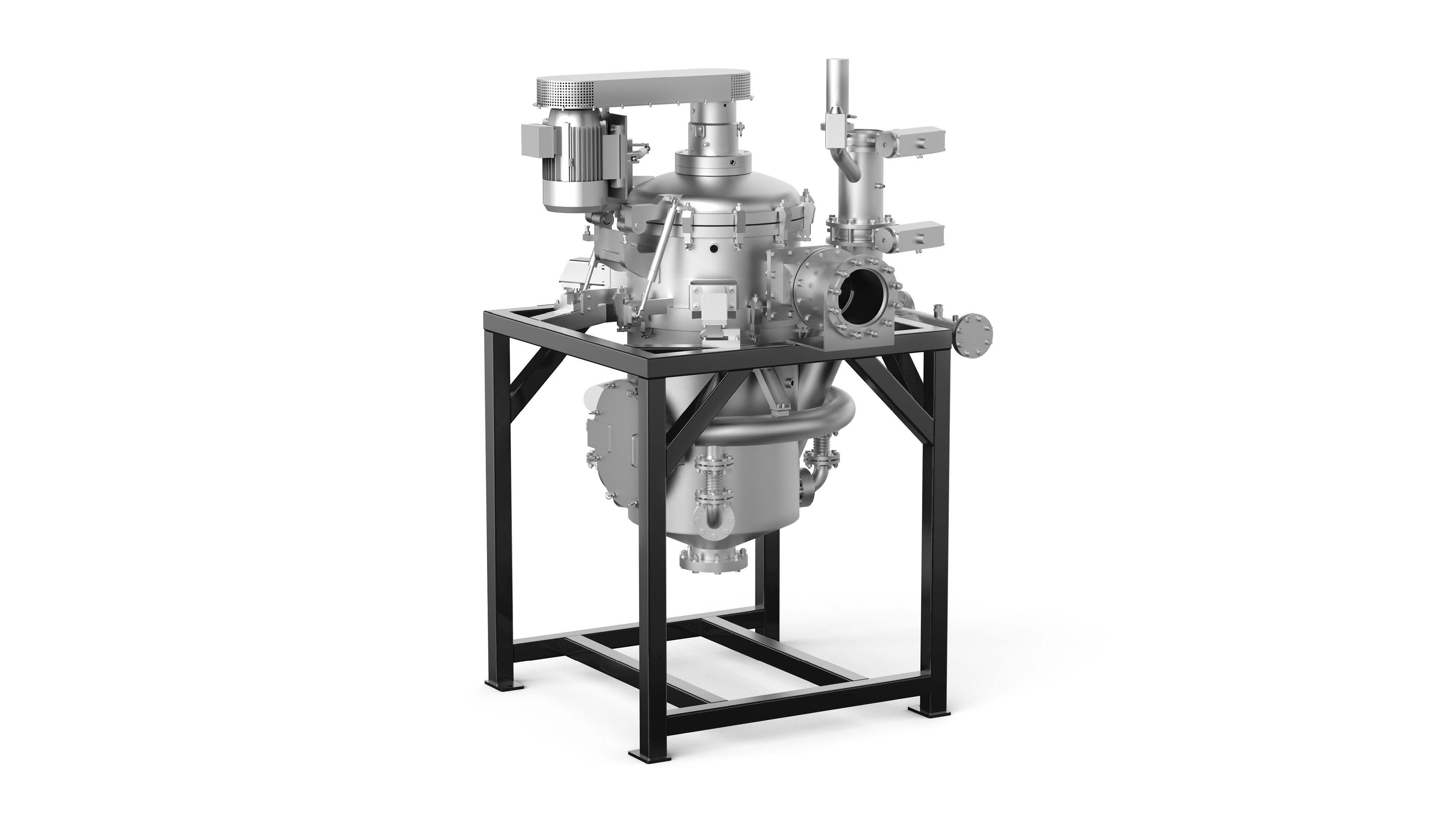



Widely used in lithium-ion battery materials, ceramic materials, minerals, ceramic inks, coatings, food, beverages, pharmaceuticals, cosmetics, and more, this technology is ideal for grinding powder materials with high hardness, temperature sensitivity, and strict finished particle size requirements. It enhances the performance of cathode and anode materials.
In the case of airflow crushers, material particles enter the crushing zone within the container and are pulverized by the supersonic high-pressure airflow emitted from a nozzle. As particles collide and break down within the chamber, the crushed materials are carried by rising airflow to the classification area. The classifier wheel selects fine powder that meets particle size requirements, which exits the crusher through the outlet. Coarser powder is ejected by the classifier wheel and returns to the crushing area for further processing. This process continues until the desired particle size is achieved.